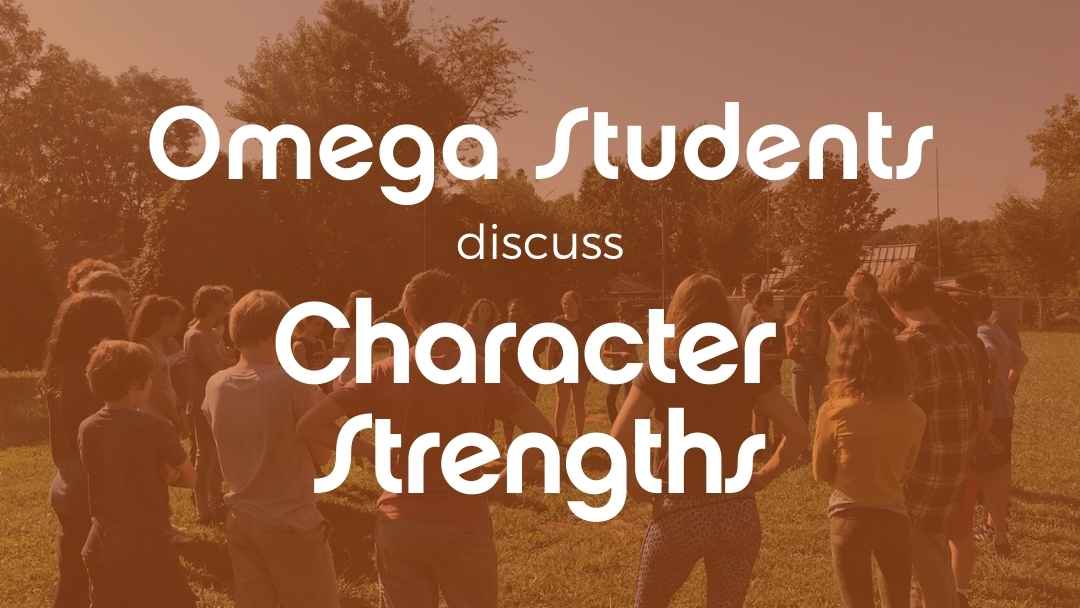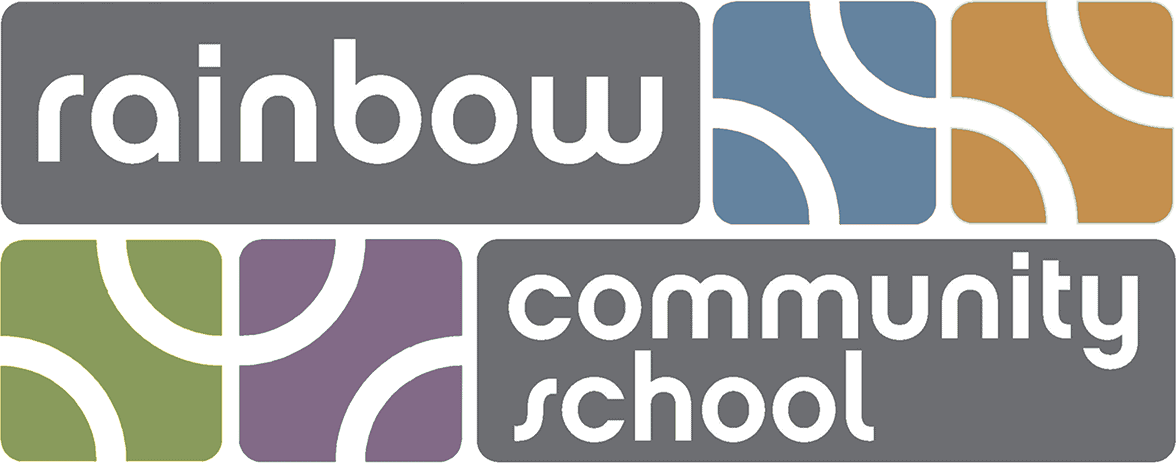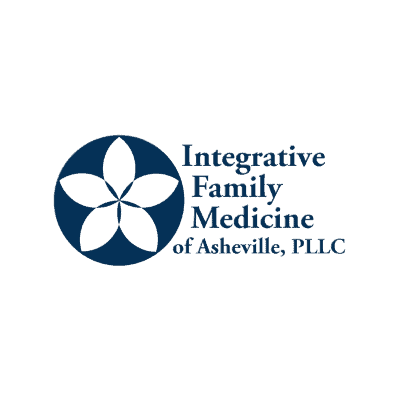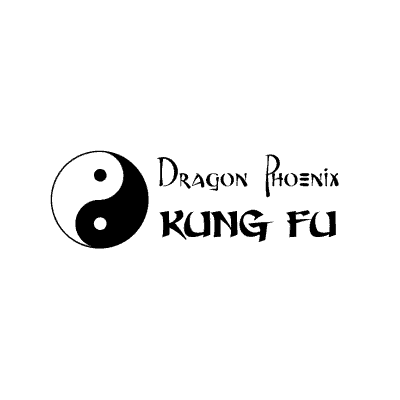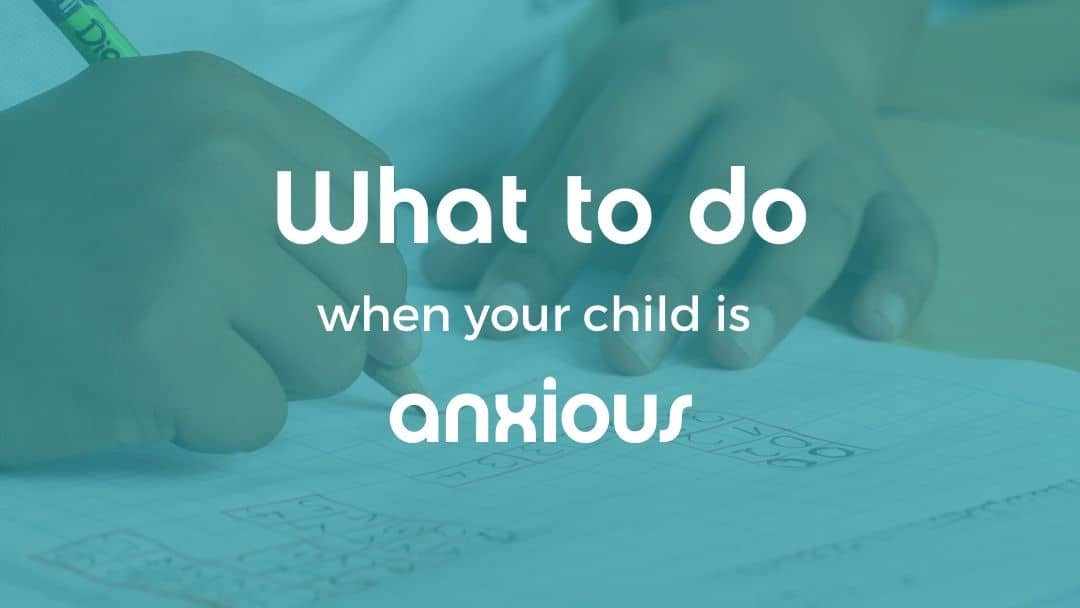
by Renee Owen | Apr 26, 2019 | Director's Blog, Home Page News
When your child is anxious

In the two decades I have been in education, it has been alarming to watch the levels of anxiety increase in children. Child anxiety has become widespread, often crippling youngsters of the self-assuredness they need to be happy and successful in life. But there is good news. Doctors at Yale Child Study Center think they might have a “cure,” and it begins with parents.
Take a look at this NPR article:
For Kids With Anxiety, Parents Learn to Let Them Face Their Fears
This story from NPR provides a brief look into this new program at Yale that is having demonstrable success by working with the parents of anxious children, rather than with the children themselves. The story investigates one particular family who was struggling with anxiety. The family’s son learned that he can tolerate anxiety through facing his fears. Alternatively, the typical method would have been for the child to attend therapy. Not only can this add a layer of discomfort for any child, but if they are coming home to anxious parents or parents who continue to try to shield their children from discomfort, that would negate the positive effects of therapy. The Yale program has a completely different approach: to only counsel the parents. Parents learn how to ensure their child feels heard and loved, but also learns resilience.
Everyone wants their child to be happy. Rainbow Community School is truly a place of joy, but it is also a very REAL place. As much as we would love to protect every child from hearing hurtful words, being excluded from friendships, engaging in work that feels too challenging, dealing with grief, or sustaining physical injuries – all those things happen here. For example, almost every child hits a point in their education where they don’t want to come to school. Sometimes they are experiencing anxiety that they may not be able to fully articulate. It could be that another student was unkind to them. Perhaps they were absent one day and when they returned to school they felt behind and lost, creating discomfort and dread. Whether this lasts for a few days for a few years, it is heartbreaking for parents, especially at a school like Rainbow. It can be difficult for well-meaning parents to imagine anything other than joy.
The secret is to remember that true joy goes much deeper than emotions. Feelings of happiness, sadness, anger and bliss go up and down with our life’s circumstances. We have good days and bad days; but true joy is a way of being. True joy lies in the ability for us to move toward conflict with compassion, knowing we have the strength and wisdom to flourish. For children with anxiety, moving toward conflict is especially challenging, but ultimately prove successful.
Anxious child, anxious parent
In the two decades I have been a school leader, I have seen many trends. One positive trend is the decrease I have witnessed in autocratic parenting. Simultaneously, there has been an increase in parents using connection and compassion instead of fear, guilt, and other punitive measures. However, many parents find that balancing a desire to be compassionate while building responsibility and resiliency in their children can be a challenge. One way to address this is to draw clear boundaries and require children to do things they are afraid of or that they find uncomfortable. This is in line with what the Yale Child Study Center has found. Shielding children from discomfort is fueling an epidemic of anxiety.
When we protect our children too much, or when we jump in to defend them, or to solve their discomforts or issues we can inadvertently send the message that they are not capable. This can cause tremendous anxiety, as the child’s world feels out of control if they don’t sense they have the capacity to move through problems on their own. When a child comes home upset, they can sense if their parent is anxious about their unhappiness. Like a contagion, this anxiety can grow for each family member. However, if the parent is calm and caring, using statements such as, “I’m sorry, that must be so scary. What did you do to get through that?”, it builds the child’s sense of self-efficacy. These can be challenges that last for many months, and can feel like a lifetime to a child, or even to parents. But every time a problem improves – however gradually – or goes away, children learn they are able to endure. They learn through experience that this, too, shall pass. They begin to understand that joy is something inside them, and rely less on their external circumstances.
We live in an anxiety-producing world, and we all land somewhere on the spectrum of anxiety. Some have high anxiety and some have lower levels. What’s important is that parents recognize anxiety in themselves and their children for what it is – without judgment, without shame – so that they can move toward finding balance.
Ivy League Universities are naming anxiety and mental health issues as the biggest problems they now face with students. Admissions processes are changing to look for students who have a secure sense of social and emotional well-being.
At Rainbow, we want every child to be truly prepared for their future. That’s why social and emotional learning are integral to our 7 Domains program. If you think your child is anxious, we are also here to meet you with love, care, and comfort. You can always speak with your child’s teacher(s) and ask for honest practical advice on how to approach your parenting. Also, Will Ray and our counseling team are trained in best practices and here to help. All you have to do is ask, and remember you are not alone.

by Renee Owen | Mar 25, 2019 | Blogs, CEO's Kaleidoscope, Director's Blog, Home Page News
Happy Spring – Kaleidoscope March 2019
Happy Spring, everyone. We made it through winter! I am reminded of the line from the Merle Haggard song, “If we make it through December, everything’s going to be all right.” The thing is, I always wondered why Merle doesn’t mention January and February. With the darkest months now past, our students seemed to have sailed through the winter with great success. Around Rainbow, wintertime is rich with learning.
Flu Season
Flu season was fortunately mild this year. We are also grateful the chicken pox virus (varicella) never spread beyond three students. Some in our community might be under the impression that Rainbow’s immunization rate is low. Incidentally, Rainbow families choose to immunize their children at a rate higher than some of the charter schools and other alternative private schools in Asheville.
It might be helpful to know that some of the families who are exempt from the immunization requirements do get some immunizations. We are relieved that the number of cases of varicella in our community did not reach outbreak status, forcing many children to unnecessarily miss school. We are glad the three children who contracted it recovered well. I am grateful for all you do to be mindful of the health and well-being of our whole community.

New season, new life
As I write this, spring has just begun. New life is emerging everywhere. Our campus is no exception. Have you seen the baby hawks that have taken up residence here? If not, I suggest taking a stroll over to the red oak tree that is near the pavilion and wetlands on the Omega campus. A pair of big red-shouldered hawks are nesting there. It’s been a thrill for the children to watch these hawks fly around campus. It’s a great opportunity to listen to them squeak and squawk. You may know that our campus is a designated wildlife habit, an honor we received because of the many factors that make our campus amenable to wildlife in the city, including over 75 trees on campus of more than 20 varieties. Many of these are old-growth.

Exploration through the Seven Domains
Spring is a great time for outdoor exploration through the lens of the seven domains. The natural domain is often central to our spring activities. Starting in 3^rd grade, all classes go on end-of-year trips, most of which are wilderness experiences. Of course, May Day is our most well-known celebration of the natural domain, in which Rainbow students have a chance to dance around the maypole.
We recently had our annual Domain Day. As an administrator, it’s always a special treat to get to spend an entire school day with students. I helped lead a group in the creative domain and shared my candle-making craft with the children. It was exciting at the end of the day to reveal what the candles looked like as we took them out of their molds and sent them home, a metaphor for discovering the hidden creative potential within all of us.
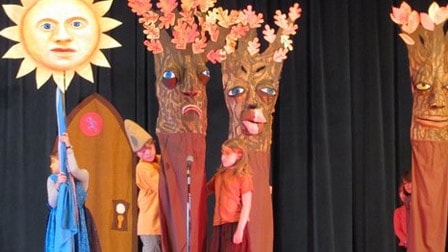
Creative Opportunities – Imagine!
Still, there are other creative opportunities happening around campus. These include preparation for the Imagine performance on May 17. If you are new to Rainbow, you are in for a treat. It’s a little hard to describe Imagine. Kindergarten through sixth grade students, as well as Omega electives students, perform various vignettes of their choosing. These often include original music and dance. The result is a performance in which faculty and students weave together an original play with an important message and nuanced layers. It’s an explosion of creativity. Some have called it “psychedelic.” Others say it is “brilliant” and “well-coordinated.” This begs the question: is Rainbow a school of the arts? The answer is yes…and so much more.

New wheels
We have a new member of the family: a bus! We came across a good deal on a 15-passenger gasoline bus and purchased it from the YWCA who was selling off the fleet from their after school program which just closed. We have found that our existing white gasoline bus is easier to maintain, and that faculty prefer this shorter, easier-to-drive bus to the larger diesel yellow one we also own. With the purchase of this new bus, we now have two matching, short, white buses, which will proudly display our Rainbow logo. To that end, are selling our yellow diesel bus. If you know anyone who would be interested, it is for sale at $15,000, obo. It’s a 2006 with 89,000 miles. You can contact Max at 828-258-9264, ext. 145.

Office Hours
Do you sometimes find that you have general questions about the school? My office hours are Mondays from 2 -3 pm. This is a time that anyone is welcome to visit either the division heads or me to ask a question, express an idea, or just to talk. One question that someone asked recently was What happens on early release Wednesdays and staff training days? Many high quality schools around the country have an early release day once per week so teachers can meet, train, and work on planning.
Professional Development and Teaching
There is a direct correlation between the quality of teaching and the amount of professional development a teacher receives, the amount of time a teacher has to plan fantastic lesson plans, and how much time they have to collaborate with their colleagues and administration. Wednesday meetings as well as staff training days address this need. These meeting/training times help keep the school running smoothly, so that every minute spent with the children is of the highest quality possible.
A closer look at testing and data
An example of one of our recent training days centered around student data. We made a long list of all the types of data that inform our instruction and how we work with children and families. Next, we drilled into some of our CTP test data. Throughout the year teachers create dynamic lessons driven by by data and personal knowledge of each student that every teacher has derived over the school year.
This particular training was more of a bird’s eye view of data. In groups, teachers worked together to understand trends of data to help guide our curriculum goals. We posed questions, hypothesized about the data, and bounced ideas off each other. Every year in June, after graduation, the faculty meet for two or three days. During these meetings we reflect on the school year and analyze and adjust the scope and the sequence of our curriculum. Our data discussions are one important part of that reflection and planning.

Looking to next year
Our administrative team is in the process of vetting new candidates for next year’s faculty. Although we typically have very low teacher turn-over, there is always a little bit of change. This year, our fourth grade teacher, Molly Sawyer, is choosing to take a few years off to start a family. Molly is a vibrant teacher who is very well loved. We hope she returns to us as soon as possible!
In the meantime, Susie, Sandra, and I are enjoying our teacher search. We have narrowed the pool of applicants down to a few finalists. These folks will come in to do demonstrations in the classroom, as well as in-person interviews. We already know it’s going to be difficult to make a final decision, but we also look forward to announcing our new-hire in about a month.
Your authentic self
I’d like to close with an excerpt from a letter that really touched me. It was a cover letter from a teacher applying for the fourth grade position, and I found myself tearing up as it read it. Just as I believe every child should be able to express their authentic self, so should every teacher. Rainbow brings hope and inspiration to teachers. The author of this excerpt illustrates this. This candidate also gave me permission to share it with you.
When I clicked on the job listing for the Rainbow Community School the most amazing thing happened, I felt hope. I felt a spark. As the camera moved through the different rooms of your school during the “Life is Better With You” video I cried because I felt incredibly moved and inspired and happy! I am a public school teacher of 20 years who has been considering leaving teaching because of what I believe standardized testing and forced curriculum and pacing have done to the minds and will of my students. I don’t want to give up teaching – I understand children. But I can’t teach any more in a setting I very much consider to be stifling and limited for children’s emotional and intellectual needs. Your school inspired me to hope that the next 15 years of my teaching career can be different…I’ve never seen anything even close to what your school offers children (and educators.) I’m willing and interested to completely change my life to each in a school that honors the whole child.
Rainbow is a special place
We receive letters from teachers similar to this every year, but this one in particular reminded me of the special school we have. I am grateful every day for how lucky we are to be in a place where we – whether children, staff, or parents – can express our authentic selves.
This letter prompted me to remember how my greatest vision isn’t for Rainbow to be special, but for all schools to honor the whole child, and for children to have access to a meaningful education that celebrates the human soul, and develops their highest potential. When that day comes we will have a world that is well on its way to being socially just, spiritually fulfilling, and environmentally sustainable.


by West | Oct 23, 2018 | Blogs, Home Page News, Rainbow Institute
In 2012 Rainbow Community School (RCS) was selected as an Ashoka Changemaker School, a network of schools that empower students as changemakers by prioritizing empathy, leadership, and collaborative problem-solving as student outcomes. They recognize the capacities of young people to make a BIG difference and highlight empathy as the centerpiece for all changemaking efforts. RCS was nominated as a changemaker School because of its belief that educating for the wholechild directly impacts humanity’s collective awareness and capacity for growth.
The Journey from I to We:
Gandhi’s wise words remind us that it all begins with our inner selves: “Be the change that you wish to see in the world.” At RCS, we believe that real change originates out of an individuals’ commitment to their own evolution. As a result, we strive to support all learners in becoming whole, finding purpose and then making change. Our educational model nurtures the holistic development of the child and by doing so, these whole humans are better equipped and more empowered to serve the needs of humanity and the planet through their positive change making efforts.
It is not uncommon for our learners to acknowledge that before they can show up for others they must show up for themselves and it is the emphasis on self-discovery and personal well-being that opens the doors to connection, collaboration and thus meaningful work. Our students explore, at a very young age, what it means to “know thyself” by recognizing their unique gifts and exploring practices that highlight self-empathy and self-gratitude.
By inviting a child’s inner life into the classroom we are awakening their spirit. A spiritually nourished child is not only ready to learn but it’s the child’s strong spiritual identity that is the catalyst for meaningful work. The catalyst for change!
There are certain stand out elements of the Rainbow Seven Domains Learning Model that help to create favorable conditions for spiritual identity development and the daily centering practice is one of them. This morning ritual serves to awaken the spiritual center of each child, opening pathways to learning. As a centering begins, the classroom is filled with ritual and reverence. These rituals vary from classroom to classroom but the essence of centering is such that the students gather in a circle on a rug, the space is set with intention, the lights are dimmed, a chime or bell invites silence, reverence fills the room, a pause is taken for audible breath work, the invitation of fire through candlelight is summoned- this begins the sacred work of the day. The results are often a harmonious learning environment in which focused thinking come naturally, trust among the group yield effortless work and innovative solutions are manifested.
Recently I joined Lucy and the preschool Dragonflies for centering. The preschool centering ritual leader began by asking his class to put on their mindful bodies and their mindful listening ears. He then told them that he would ring the singing bowl and wanted every person to actively and mindfully listen until they could no longer hear the song of the bell and then to raise their hand when its song was gone. He then used a breathing ball and guided his classmates in three deep inhales and exhales. As the ball expanded he said aloud “inhale” and as it contracted he said “exhale.”
Lucy, then invited the preschoolers to join her in a self-affirming morning verse that was paired with sign language. The kids spoke the words with confidence and enthusiasm… “May I be healthy, may I be strong, may I be happy, may I be peaceful.” I was happy to witness the use of self-affirmations with such young learners. Positive affirmations or positive self-talk are great motivators for self-reflection and self-change. Statements such as these can easily become identity statements. Thus, benefiting not only oneself but those that you interact with.
Lucy deepened the experience by extending the lesson. She went on to explain that each person would have the opportunity to choose a kind wish they have for themselves. She showed and read the kind wish cards aloud and asked to kids to be thinking about which kind wish they wanted for themselves today. When the kids were ready to share, they signaled to Lucy by placing their thumbs on their knees.
She invited each them to approach the altar which was filled with the kind wish cards, candles and the wishing water. The kids were asked to speak their kind wish aloud and in the direction of the wishing water. It was obvious that Lucy had worked hard to create a supportive and safe yet vulnerable space for the Dragonflies as each child spoke, the rest of the group held a quiet space.
Finally, Lucy reminded the children that much like plants need our care to thrive, our intentions and affirmations need that attention too. As the centering practice came to a close, she explained, that she would take the wishing water (filled with their wishes) and send the kind wishes in to the world by watering the plants and that the plant’s health and growth will be a visual reminder of our own personal growth.
If we feed our body, it can grow. If we feed our mind, it can be stimulated. If we nurture our spirit, it can flourish. What daily affirmations will help you flourish?
